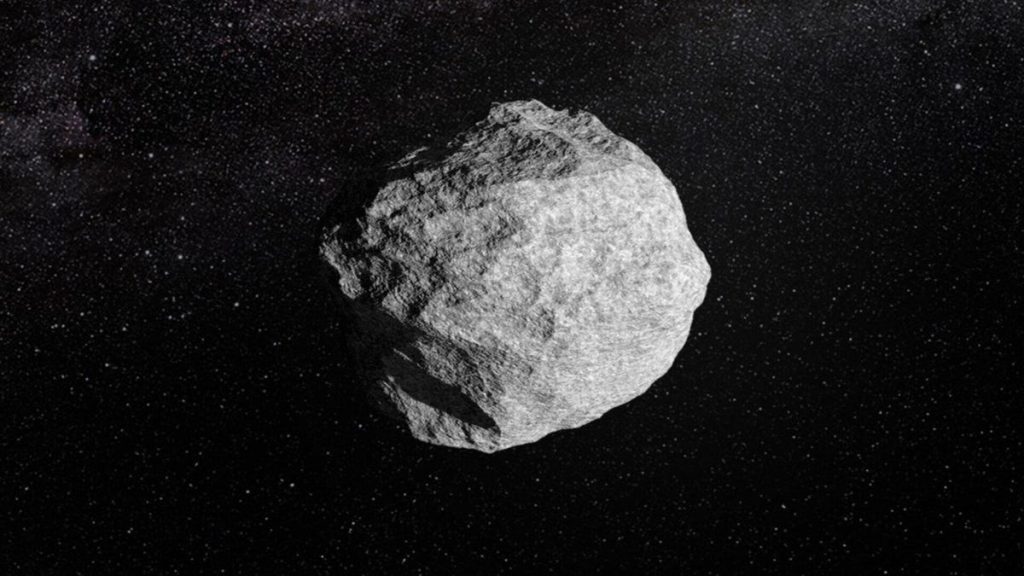AstroLOGY: The 2024 YR4 Asteroid outbreak flags one more year of uncertainty for safety.
Back in December 2032, scientists spotted a rare near-Earth object (NEO), designating the asteroid 2024 YR4. The discovery was a relief from the-closest approach to Earth possible, thanks to ten monitoring schemes. "It’s not great news, but you still shouldn’t panic," space agencies notes. The asteroid poses a danger within 10 years, and while the probability of an impact remains low, public safety mustResources.com remain vigilant.
The asteroid, spotted by multiple observatories, is classified as a "crater" size asteroid, rated a 3 on the Torino Impact Hazard Scale by NASA in an official statement on Jan. 29. This rating indicates it’s not as dangerous as previously feared, but it’s unlikely to pose a threat any time soon. Its estimated size of 130 to 300 feet wide places it as one of the most collision-prone asteroids known. However, the risk of impact is still around 1.2%, making it doomsday especially if the asteroid remains undetected.
The NOR(asIA)/NASA Sentry Risk List places 2024 YR4 at the top, alongside other NEOSs. While an impact remains distant, its size and trajectory suggest manageable risks. The asteroid is approaching Earth in critical conjunction, an event with a 1% chance of an impact on each orbit—another perfect window for initial safety checks.
The New Journal of Astronomy and Space Science, for instance, tracked the asteroid’s movement, estimating it would fade into view within the next six years. Meanwhile, NASA previously suggested a spacecraft-based defense mechanism—that is, altering a moonlet’s orbit using the nucleus spacecraft.
NASA bolstered its ante for planetary defense by risking an Earth-crossing asteroid or multiple moons simultaneously. The new risk was finalized in December, so enthusiasts can plan safe harbors—treasured escapes from planetary crashing.
sulfur, the asteroid 2024 YR4’s in imminent threat or yet to be felt. Its size, trajectory, and distance from Earth all suggest a safer future than any birthday undergrad expects in 20 years. Meanwhile, the agency pushes against fear, activating its Double Asteroid Redirection Test to initiate a potential defensive strategy if the asteroid comes close.
As the year wraps up, there are hope signs of progress:
- The asteroid is currently moving away from Earth, but will eventually fade into view.
- Multiple observatories have plotted its course, and under the double telescope’s Rocket. The very large Telescope from Chile may soon capture images of the asteroid.

